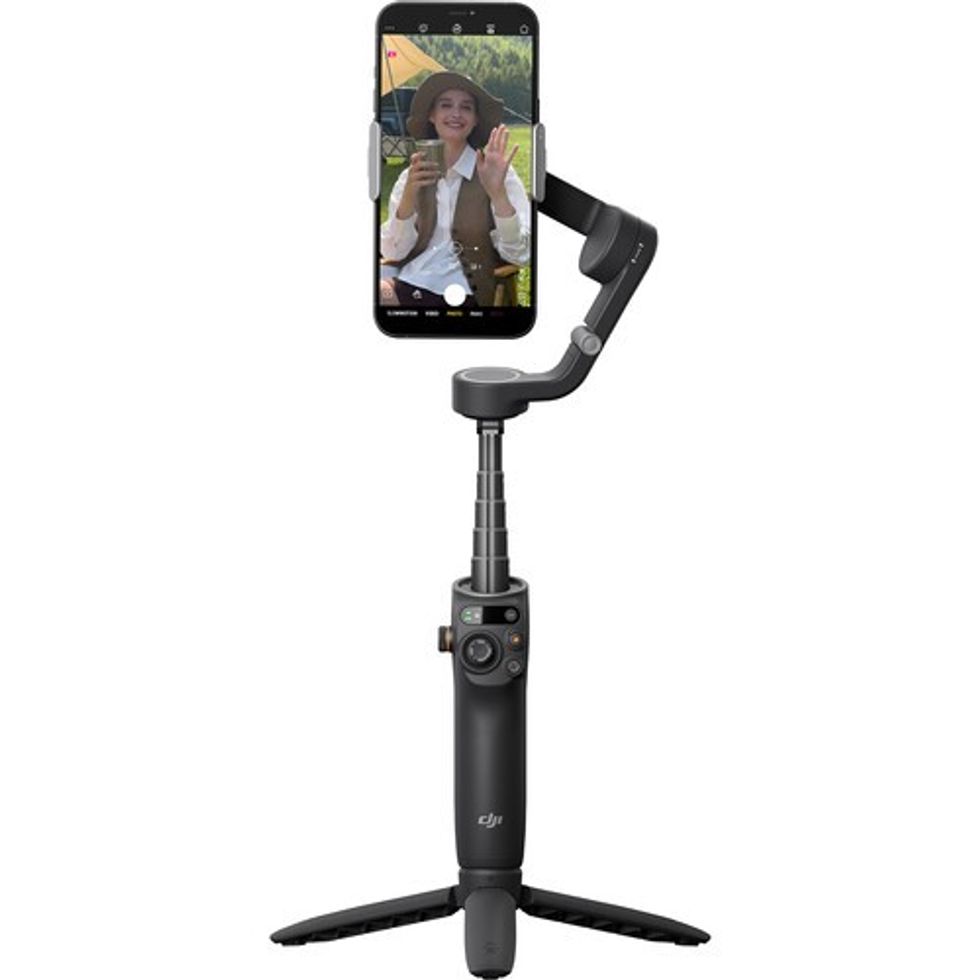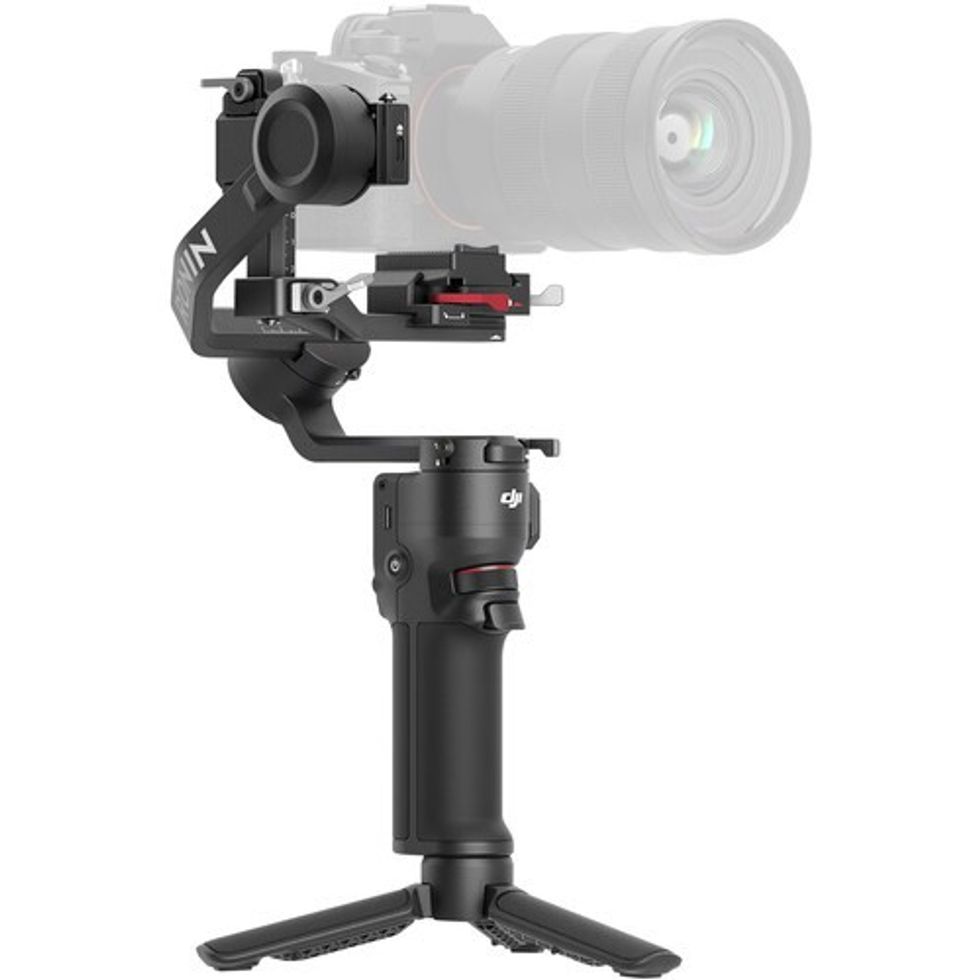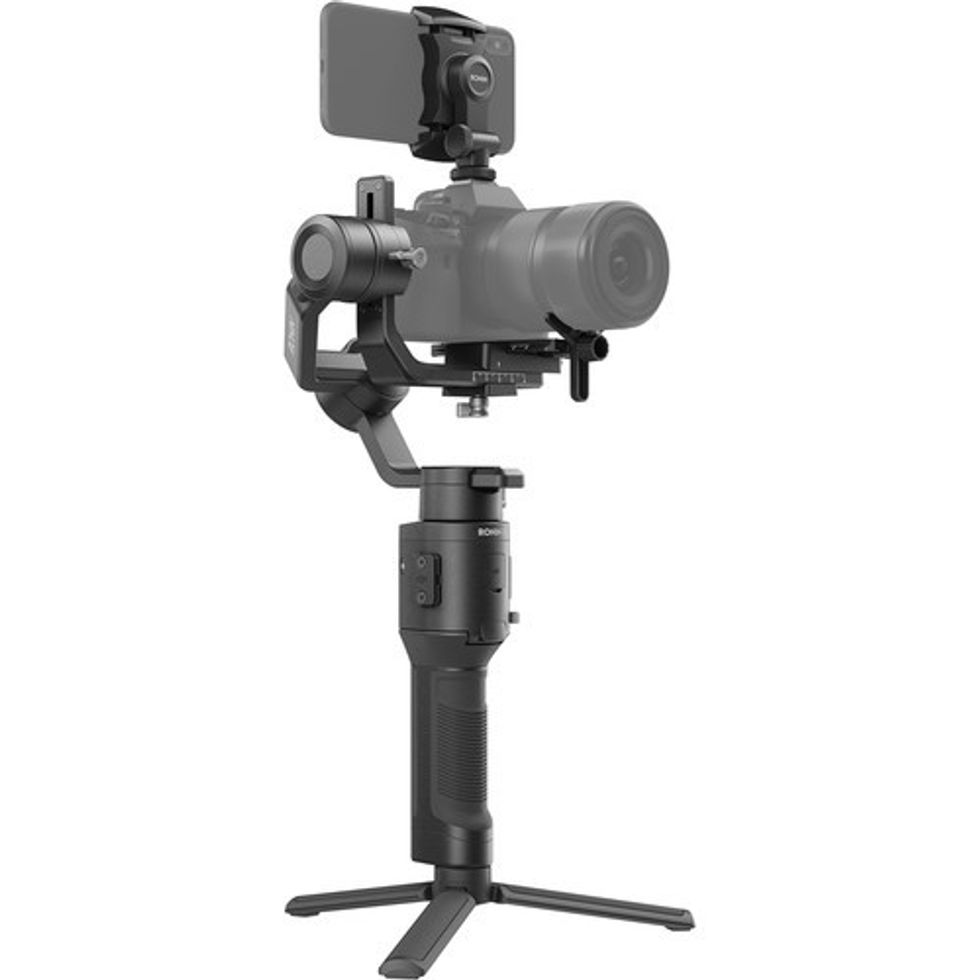Watch: How Can Lenses Help Show a Character's POV?
Lens choice can affect much more than aesthetics.

If the eye is the window to the soul, as many high school English papers tell us, what does that make the camera lens? A very powerful filmmaking tool whose subtle use can economically and pleasingly enhance a character's perspective—or so says the newest video essay by Travis Lee Ratcliff.
This piece does what all the finest video essays do: it makes us look harder. Ratcliff lays out three different types of lenses, and suggests what kind of emotional impact their use might have, based on the amount of information they can take in. Each lens's field of view ramps up whatever emotional load a scene might have, increasing its impression on your mind and shaping the way you watch a movie. Ratcliff offers discussions of the wide lens (12-35mm), the medium lens (35-75mm), and the long lens (75-300mm). The wide lens and the long lens, in Ratcliff's view, are the more emotional load-bearing of these types, because they can cause the most distortion when used to film a character's face or body.
Long lens
When a longer lens is used, we see less—but what we do see, we see more intensely. A long lens shows us a narrow slice of whatever it's trained on, sometimes causing distortion of the central images or figures. In the film Tinker, Tailor, Soldier, Spy, two of LeCarre's spies have a confidential conversation on a runway as a jet approaches; as it comes closer and closer, some small part of the viewer worries it may run them over, until it turns at the last minute, revealing that it was a substantial distance away all the while, and that the only thing making us think it was approaching, making us nervous, scared, imagining that the spies' clandestine sins were about to be visited on them, was visual distortion caused by the choice of lens. The long lens pops up in Spike Jonze's Her, as we see in this piece, to exaggerate the protagonist's great loneliness.
Wide lens
In films like the Coen brothers' The Big Lebowski, wide lenses are more advantageous. They take on more information in the foreground and, in so doing, reduce the gravity of the figures addressed there. They also distort these figures somewhat, widening them, which can aid in their quasi-deflation. Gregg Toland used the wide lens to great effect in Citizen Kane—and yet what was that effect? It made Kane seem, at times, small in relation to the enterprise (his newspaper empire) which had engulfed him, and at other times it reinforced Kane's role as a cog in the machinery of national economic power.
What lens types do you like to use? What are some of your favorite scenes shot with the lenses mentioned above? Let us know in the comments.














